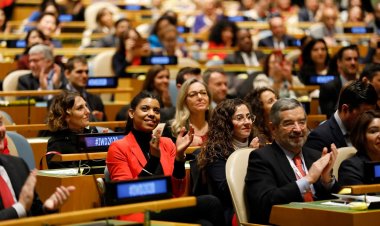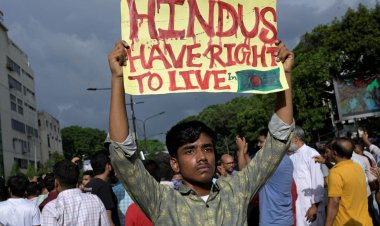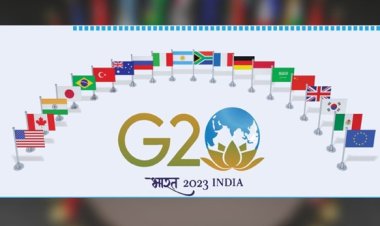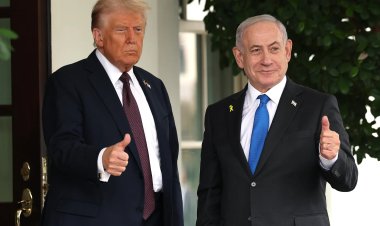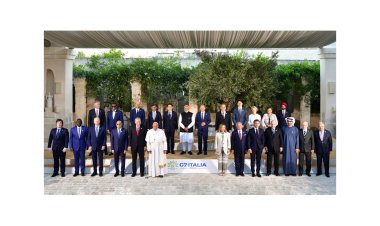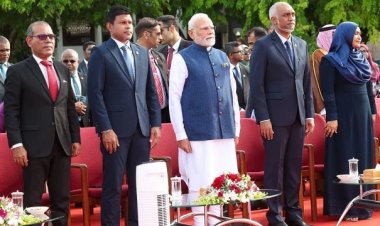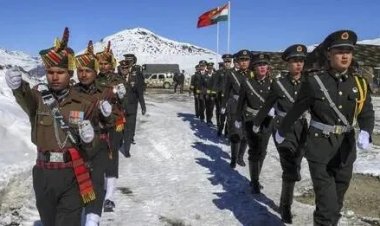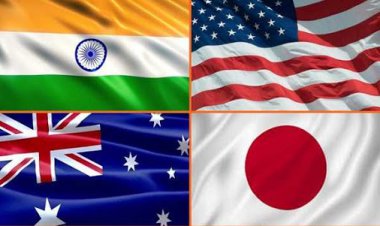Time for a new inning in Indo-Pak Trade Relations
The article discusses the reviving of bilateral trade relations between India and Pakistan. A peaceful disentanglement of trade from politics can be the basis of cooperative ties between the two neighbours, which would make way for socio-economic upliftment of the people in the entire sub-continent.
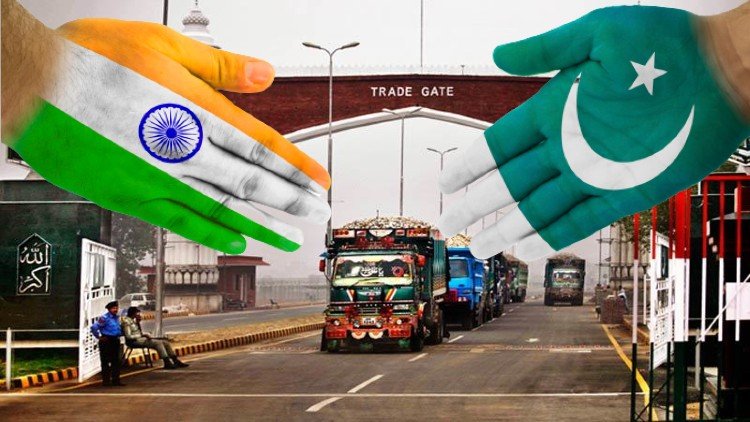
Analysis
By Purushendra Singh and Zahra Khalid
With the Pakistan Government having appointed a Trade Minister in the High Commission in Delhi after a gap of five years, the spotlight is back on reviving bilateral trade relations. Can this be a new dawn for India-Pakistan trade?
A new innings in trade relations has huge potential for both the nations as well as for the sub-continent at large, which is currently reeling under high inflation, food shortages and an energy crisis. A peaceful disentanglement of trade from politics can be the basis of cooperative ties between the two neighbours, which would make way for socio-economic upliftment of the people in the entire sub-continent.
Neighbourhood First
The economic shutdown between the two nations has not just been adversely impacting them, but the entire region of South Asia. South Asian Association for Regional Cooperation (SAARC) and South Asia Free Trade Agreement (SAFTA). These are just two of many multilateral groupings which have been a dead letter and dysfunctional since diplomatic fallout between the two.
India gives primacy to its ‘Neighbourhood First’ policy to maintain peace, promote democratic principles and address shared economic issues by allowing smooth flow of goods and services across borders. For instance, India has opened up border haats or border markets with Bangladesh, a project which CUTS International, a global public policy research and action tank has worked upon. Such cooperation can also lead to manufacturing zones shared between the two countries, like between Israel and Egypt. In such zones investors and workers from both countries can work without going through border formalities.
Reviving trade relations between Pakistan, which is going through an eco-political turmoil and India, will help it to stabilise and control inflation. Sooner the trade relations are opened, both countries can enter a dialogue to promote mutually beneficial supply chains which can help both become more competitive. It is in the larger good of the Indian sub-continent region that these two countries should resume the trade relations.
Let’s Talk Trade
The World Bank (WB) in its report titled ‘Glass Half Full: Promise of Regional Trade in South Asia’ suggested that if non-tariff barriers are removed between India and Pakistan, the trade could go up to $37 billion. Even if it is overestimated or ambitious, the two could try to work out to achieve a fraction of it given their similar vision of becoming rising manufacturing hubs.
In 2013-2014, the bilateral trade had reached its epitome between the two nations, clocking at $2.7 billion. The figures are not mammoth or encouraging if compared with a trade with China, a country with whom India also has a border conflict. India-China trade was at $65.49 billion in 2013. Today, in spite of conflicts, the bilateral trade between India and China stands at $125.70 billion. Though India has a large trade deficit with China, it makes it up with investment flows. Fears of a similar situation between India and Pakistan may arise but that is not a cause of worry, except rabble rousers will exploit it. Pakistan also has a large trade deficit with China.
To achieve higher economic growth, India and Pakistan have to work towards economic interdependence in the primary areas of agriculture, pharmaceuticals, construction, steel, minerals and oil industries which constitute as raw materials of the respective economies. India, with its expertise in the above mentioned areas, could help Pakistan’s domestic economy. In return Pakistan could grant India the status of “Most Favoured Nation” or “non-discriminatory market” status. India should not shy away from extending its hand and help the nation which is reeling under enormous economic stress like it has offered financial support to other neighbours which are under similar economic stress – Sri Lanka and Nepal.
Despite the diplomatic impasse there has been informal trade going on between the two nations which is worth applauding but it has its own limitations. The $2.4 billion informal trade despite the economic shut down between the two, rekindles the hope of formal trade revival and provides evidence of huge potential for formal trade between the two.
Cricket and business must go on!
In course of time the regimes in Pakistan have had different parties in power but all, including the Pakistani army, have remained interested in opening trade with India. India should look and act with sensitivity towards Pakistan with whom the trade balance has always been surplus. Trade should be de-linked from political issues and India should go the extra mile to provide Pakistan cotton and fabrics it requires for its textile industry as raw materials and Pakistan in return should provide dates, Portland cement, petroleum oils and mineral oils which all together comprised 50% of total exports to India.
Sports visas should be issued, and Pakistani cricket players be allowed in the Indian Premier league. Business chambers and think tanks should be encouraged to promote trade relations without any prejudice. Informed dialogue about why trade should not become hostage to political situations be encouraged and concerns relating to market access, tariff and non-tariff barriers be duly addressed.
The items allowed for trading via the surface and sea routes should be expanded from the current list of 136 items permitted for trading. Furthermore, in addition to the Attari-Wagah border, the Munabao-Khokrapar border in Sind and Rajasthan should also be explored for transit of goods. With the usage of emerging technologies like full body scanners and digitalising the logistics transit system would not only make the trade flow fast, smooth, and transparent but security concerns would also be addressed better than before.
In the days of climate change concerns, trade among contiguous countries will be environmentally friendly, as carbon emissions on account of transportation will be much lower. This is another driver for closer trade relations between the two countries.
Sign of trust and good governance
Immediate steps to set the stage up for trade would be to reinstate High Commissioners by the government of both the nations. Simultaneously to open up the road, sea and rail routes for trade, promotion of people-to-people connectivity, releasing innocent fishermen and maintaining the cease fire on the borders would mark a sign of good governance and act as a confidence building measure. Restarting of trade and connectivity are the key enablers for robust regional cooperation in South Asia.
Disclaimer: The article is the individual scholastic contribution of the author and does not necessarily reflect the organization’s viewpoint.
Purushendra Singh works for CUTS International, Jaipur, India while Zahra Khalid works for the Sustainable Development Policy Institute in Islamabad, Pakistan.


